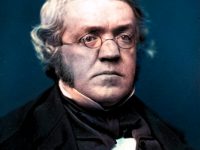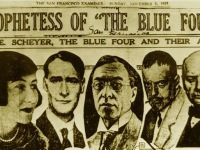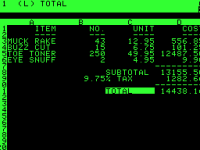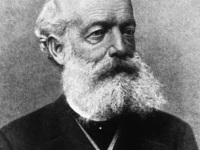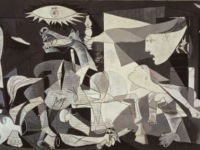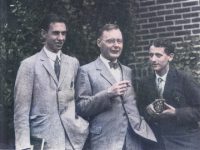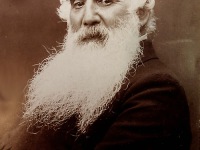The Dancers of Edgar Degas
On July 19, 1834, French artist Edgar Degas was born, famous for his paintings, sculptures, prints, and drawings. He is especially identified with the subject of dance; more than half of his works depict dancers. He is regarded as one of the founders of Impressionism, although he rejected the term, and preferred to be called a realist. “An artist is a deception.. ..an artist is only an artist at certain times, by…
Read more












